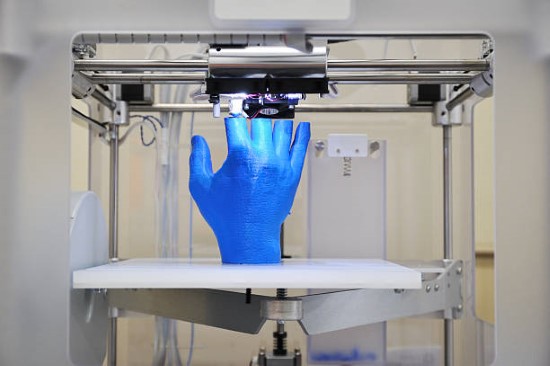What Qualities Should You Look For When Buying A 3d Printer?

Recently, 3D printing , and generally 3D printers have increased
exponentially. In the past, these fantastic gadgets were only relegated to the
industry's most ardent makers. But things have changed. Today, everyone can take
pleasure in 3D printing from the comfort of their home. Wait! Before you begin
to explore 3D printing, there are a few indicators you need to understand. There
are a variety of 3D printers on the market, each with distinct specifications.
Each one caters to different requirements. Additionally, there are some
fundamental technical aspects that you must know regarding 3D printing. This
article will outline some instructions to follow to buy your best 3d printer
and the things you should be aware of.
Filament vs. Resin
This is the very first thing you'll face before you can purchase a printer.
Both printers are worth the investment and will provide basic users with a
satisfactory experience. The most popular 3D printers for filament include FDM
(Fused Deposition Modeling) printers. FDM (Fused Deposition Modeling), is the
most well-known kind of 3D printer. It deposits the material from the bottom
before building up. Resin printing, as per an evaluation of the top DIY 3D
printers The resin 3D printers utilize a liquid resin. Resin printers are
technically superior over FDM printers. But, it comes at an expense. Resin
printers can be messy and make set up and clean up a nightmare. Even though
they're more expensive but you can still find low-cost resin printers.
Printer Noise
You need to be aware of the 3D printer sound. While 3D printers may not be
quiet in the ideal setting however, certain 3D printers may be quieter than
other models. Additionally, the physical setup may affect the sound level. For
example, if you'll be printing in your room the noise level will play a key
role. Even a small print can take several hours. Even when you have a specific
printing area, 3D printing sounds can be heard from many households away. You
can however, employ some tricks and reduce the noise. Placing the printer on a
flat surface, a mat, and even dampening the surface will reduce the
sound.
3D Printer Speed
It is also a crucial factor to be considered when you purchase your 3D
printer. The speed of the printer is usually the highest. However, a faster
printer high resolution 3d printer could mean you'll have to dig deeper into
your pocket. The speed also depends on what you're expecting from the piece
you're planning to print. Sometimes, even higher speeds can have their
disadvantages. The printer's quality could be lower with a faster speed. In the
end, you have to decide which one you would like to use. Being aware that 3D
printing requires patience, which is essential. It could require weeks or days
to create perfect 3D printing parts.
Reliability
3D printers are prone to being damaged. But, just because a printer costs
more doesn't mean that it won't break. It is necessary to fix your printer on
your own or get a professional. Size doesn't necessarily mean reliability. You
might have the urge to buy the biggest printer you can afford. The printer you
choose will determine the amount you print. It'll take longer, especially if it
is for an educational institution. Start with a tiny 3D printer before you buy
larger printer.
Safety Features
Being around electrical equipment that is hot is a reason to exercise extra
precautions. You'll get greater success with 3D printing if you are aware of
safety features. Security features include an automatic nozzle for cooling when
a print is complete. For example, if the printer is equipped with heated bed,
search for the option to automatically turn your 3d printer price off once
printing is completed. Insufficient filament could cause damage to prints. You
can do this by retracting the nozzle once the print is completed or by halting
the print.
You might want to think about self-leveling bed
3D printers with a self-leveling bed are sought-after. Manually leveling the
bed can give you headaches, is time-consuming, and can be frustrating. Unleveled
beds could cause prints to become discolored. Fortunately, many prints come with
auto-leveling capabilities. Technically, a sensor tests different locations in
the print bed in order to accurately calculate the distance between the printer
bed and the nozzle. Then, software adjustments make sure that the nozzle stays
at an appropriate distance to the bed when printing. Though some users prefer
manual bed leveling, an automatic printer provides better quality print and user
experience.
It is important to consider your requirements and preferences prior to buying the 3D printer. As we've mentioned, resin printers are generally higher priced than filament 3D printers. They offer better quality and provide a more pleasant user experience. They are more slow than filament printers. The noise level, the speed of printing the quantity of prints, noise level, and bed leveling are among the most important considerations.